9 F. low temperature Sunday morning.
32 F. high in the Twin Cities Sunday.
30 F. average high for February 17.
43 F. high on February 17, 2012.
58 F. record high for today (1981)
7:08 am. Sunrise
5:46 pm. Sunset
Way Out on a Limb
I'm giving more speeches now than when I was in
local TV. How's that possible? I talk about weather, climate and tech
trends, my hits & misses, and reinvention.
Here is what I shared recently: 1) Based on a
shift in the pattern Minnesota's drought will ease by late spring; 2).
Last summer we got off easy with tornadoes, due to record heat. This
summer we'll spend more time in our basements, with far more severe
storms; 3). Another "Black Swan" weather event will strike the US in
2013 - an historic flood, hurricane or major urban tornado; evidence of
more heat & energy in the system; 4). We'll pick up close to average
snow at MSP (50-55) inches) this winter - February will be our snowiest
month, by a country mile.
Whew.
Strong winds whip up later today as the next
Arctic Slap pushes into town: single digit highs Tuesday, subzero
Wednesday AM. Thursday's storm doesn't look quite as impressive; a quick
burst of plowable amounts before the dry slot pushes in from the south.
A second snowstorm is brewing 1 week from today; with even heavier amounts. So we're getting the snow after all, just late.
I'm feeling better about the drought fading, but no early spring this year.
No way.
* snow photo upper left courtesy of The St. Cloud Times.
A (Much) Stormier Pattern. All the models show two
distinct threats/opportunities for accumulating snow: Thursday into
midday Friday, again Sunday night into Tuesday of next week. The
potential storm a week from now looks like the more substantial of the
two storms, ECMWF guidance showing nearly 3 times more
(liquid) precipitation. All snow is expected Thursday and Friday, but by
early next week warmer air aloft may get tangled into the storm's
circulation, which could mean a mix of snow, ice, even a period of rain.
It's simply too early to know.
Cold Enough For All Snow This Week. One benefit of a
tangle with subzero air? It sets the stage for an all-snow event, no
worries about precipitation mixing with ice or rain this week. After
peaking near freezing today (what some in Minnesota call a "warm front")
temperatures drop nearly 30 degrees tonight, holding in single digits
tomorrow before dipping below zero Wednesday morning. Some recovery is
likely the latter half of the week as Gulf moisture begins to surge
north.
Predicted Snow By Midday Friday. This is GFS model
output, showing a big, snowy bulls-eye of 12-18" over Nebraska, maybe a
foot for southern Iowa. It does look like the heaviest amounts will be
well south/west of Minnesota, with a potential for some 6-8" amounts
over southern Minnesota. This may still be "plowable" in the metro,
implying at least 2-3" or more.
Enough To Shovel and Plow? Probably. There is still
considerable uncertainty between the various GFS runs (the NAM only goes
out 84 hours so it's not represented above - not yet). A forecast of
3-9"? I'm leaning toward a solution at the lower end of this range, due
to a surge of dry air aloft, and a relatively brief 8-12 hour burst of
light to moderate snow over the metro Thursday PM into early Friday.
Right now this doesn't look like The Big One.
Potential For A Much Bigger Storm In One Week. O.K.
Keep your expectations in check - we're talking 7-8 days from now, but
the ECMWF (and GFS) spin up a much bigger storm over the Midwest early
next week, a longer-duration storm capable of snow, possibly mixing with
ice and even rain and southeast winds pull milder air into Wisconsin
and Minnesota. Again, it's (very) early. This is pure speculation. It
always is.
A Parade Of Storms. Here is the GFS solution,
showing a (modest) storm impacting Minnesota by Thursday PM, a
potentially much more significant storm spinning up early next week.
Animation courtesy of NOAA.
Fairbanks Area, Trying To Stay Warm, Chokes On Wood Stove Pollution. Here's an excerpt of another recent story that made me do a double-take, from
The Los Angeles Times: "...
Most
people think of Alaska as one of the last great escapes from urban
pollution. But they have not spent a winter in Fairbanks or the nearby
town of North Pole, where air-quality readings in November were twice
as bad as Beijing's. Here, it's not freeways or factories fouling the
air — it's wood stoves and backyard wood furnaces that send thick
clouds of gray smoke roiling into the pines. On the cold, clear days
when the temperature hits minus 50, an inversion layer often traps a
blanket of smoke near the ground, and driving to work in North Pole can
be like motoring through fog..."
Photo credit above: "
A cloud of haze and smoke over Fairbanks, Alaska, feeds growing concerns over air pollution."
(Kim Murphy, Los Angeles Times / February 6, 2013)
What Beijing's Battle With Air Pollution Tells Us About China. Here's a place where the air is even worse, according to
The Economic Times of India: "...
It
is, however, not every day that Beijing is enveloped in noxious fumes
dubbed "airpocalypse". The government says there were more than 280
"blue sky" days in 2011; residents, of course, raise their eyebrows at
that number. The phenomenon is particularly frequent during the city's
harsh winters and when demand for electricity soars. Unlike Delhi,
Beijing is a city with electricity all day, all year round. Until a
decade ago, most of this was supplied from coal-fired plants (these have
now been shut), which coupled with rapid urbanisation (more than half
of China's population now lives in cities) and a burgeoning
middle-class (Beijing sees a quarter million new cars every year
despite tight restrictions on the issuance of new number plates),
provided the right brew for a sulphur-ridden sky. Together with smoky
factories (most of which have been moved to neighbouring but not too
far away Hebei province) and Beijing's unique geography, surrounded by
mountains on three sides, this created the Perfect Smog..."
The Man Who Killed Osama Bin Laden...Is Screwed.
Yes, this is a weather blog, but I try to share other items that catch
my eye. This one fits the definition, a story about the Navy Seal who
took down UBL, and then came home to face a mounting list of
uncertainties. Not exactly a hero's welcome. My younger son is in the
military, and like many others I'm concerned about our returning
veterans, how they integrate back into society, how their physical and
mental wounds are being treated and healed. Here's the intro to this
must-read
Esquire article: "
For
the first time, the Navy SEAL who killed Osama bin Laden tells his
story — speaking not just about the raid and the three shots that
changed history, but about the personal aftermath for himself and his
family. And the startling failure of the United States government to
help its most experienced and skilled warriors carry on with their
lives..."
Low Weather Expectations. 32 F. in mid February?
Acceptable, even a couple degrees above average, whatever average is.
International Falls picked up another 2.1" snow yesterday, a total of
23" on the ground. St. Cloud registered a high of 30 F. (13" on the
ground), 7" in the Twin Cities, 2" reported at Rochester.
Paul's Conservation Minnesota Outlook for the Twin Cities and all of Minnesota:
TODAY: Mild start; mostly cloudy, blustery & colder. Winds: NW 20-40 (PM hours). High: 31, falling to 18 by 6 pm.
MONDAY NIGHT: Clearing and bitter. Low: 3
TUESDAY: No bugs. Blue sky and fresh air! Feels like -15F. High: 9
WEDNESDAY: More sun, less wind. Wake-up: -5. High: 13
THURSDAY: Few inches of snow. Plowable? Wake-up: 6. High: near 20
FRIDAY: Snow slowly tapers. Slushy and slow on the highways. Wake-up: 18. High: 25
SATURDAY: Mostly cloudy, better travel day. Wake-up: 15. High: 24
SUNDAY: Clouds increase, snow possible at night. Wake-up: 13. High: 28
* potential for an even more significant storm early next week. Snowfall may be substantial in about 1 week.
Climate Stories...
Climate Change Threatens U.S. Agriculture: USDA Report. Here's a clip from a story at
International Business Times: "
The
USDA anticipates that these factors will have a negative impact on
agricultural productivity in the near future if adaptive farming
measures are not taken, and if greenhouse gas emissions are not curbed.
The report points out that U.S. agriculture has demonstrated the
capacity to adapt to a variety of challenges in the past 150 years, but
that it was done during a period of “relative climatic stability.” The
USDA emphasizes that adaptive measures alone will not necessarily
mitigate the consequences of climate change and that substantive action
must also be taken to address the greenhouse gas emissions that are
driving it..."
Climate Scientists Erring On The Side Of Least Drama.
Because who wants to be accused of alarmist hype, right? It turns out
all those climate science projections were (much) too conservative.
Things are happening even faster than some of the worst-case scenarios
20 years ago. Here's an excerpt of a story from Skeptical Science and
Think Progress: "
A paper recently published in Global Environmental Change by Brysse et al. (2012)
examined a number of past predictions made by climate scientists, and
found that that they have tended to be too conservative in their
projections of the impacts of climate change. The authors thus suggest
that climate scientists are biased toward overly cautious estimates,
erring on the side of less rather than more alarming predictions, which
they call “erring on the side of least drama” (ESLD). In this paper,
Brysse et al. examined research evaluating past climate projections,
and considered the pressures which might cause climate scientists to
ESLD..."
Graphic credit above: "
Observed vs. IPCC modeled annual minimum Arctic sea ice extent."
Sea Leve Rise: Predicted vs. Observed. Here's another graphic from the
Skeptical Science/Think Progress article referenced above. Details: "
Sea level measured by satellite altimeter (red with linear trend line; AVISO datafrom (Centre National d’Etudes Spatiales) and reconstructed from tide gauges (orange, monthly data from Church and White (2011)).
Tide gauge data were aligned to give the same mean during 1993–2010 as
the altimeter data. The scenarios of the IPCC are again shown in blue
(third assessment) and green (fourth assessment); the former have been
published starting in the year 1990 and the latter from 2000."
The 5 States Of Climate Change Acceptance. Here is
an excerpt of an excellent story that summarizes the 5 stages of
acceptance and how it applies to (well-orchestrated and funded) climate
science denial - from
OUPblog (Oxford University Press): "...
In
1969, Elizabeth Kubler-Ross described the “five stages” of acceptance:
denial, anger, bargaining, depression, and acceptance. For many
years, climate change discussions seemed to be about getting our
politics past the “denial” stage. Over time, however, scientific inquiry
made it obvious that climate change is happening and that it is the
result of human activity. With more than 97% of climate scientists and
every major scientific body of relevance in the United States in
agreement that the threat is real, not to mention a similar consensus
internationally, it became untenable to simply refuse to accept the
reality of climate change. The next stage was anger. Unable to stand on
unvarnished denials, skeptics lashed out, alleging conspiracies and
secret plots to propagate the myth of climate change. In 2003, Senator
Inhofe from Oklahoma said, “Could it be that man-made global warming is
the greatest hoax ever perpetrated on the American people? It sure
sounds like it.” In 2009 we had “climategate.” More than a thousand
private emails between climate scientists were stolen and used in an
attempt (later debunked) to show a conspiracy to fool the world..."
THE FIVE STAGES IN REVERSE
And now let me end with what I promised — the five stages of grief in reverse.
Climate science activists begin with accepting the science.
What else can one do? Science is the reason so many of us survived
childbirth and childhood, science has fed the world, science is the
reason computers and the blogosphere exist at all. And yes, science
gave us our fossil-fueled wealth. I’m a scientist by training, but I
just don’t see anyone can pick and choose what science you’re going to
believe and what not. The scientific method may not be always be
perfect in single studies — since it is used by imperfect humans — but
it is the best thing we have for objectively determining what has
happened, what is happening, and what will happen. It is testable and
self-correcting, unlike all other approaches.
Once CSAs accept the science, many quite naturally get depressed — see “Dealing with climate trauma and global warming burnout.”
The situation is beyond dire, and we aren’t doing bloody much about it,
in large part because of the successful efforts of the deniers and
delayers. Climate science offers a very grim prognosis if we stay
anywhere near our current emissions path.
After depression, comes a serious effort at bargaining:
CSAs try to figure out what they can do to stop the catastrophe.
Taking actions and making bargains at a personal level and a political
level — depending on their level of activism.
Then comes anger. Once
you’ve been at this for a while, you get very very frustrated by how
little is happening — by the status quo media, the many anti-science
politicians, and especially the deniers, the professional disinformers.
Finally, you end up in a kind of denial. It just becomes
impossible to believe that the human race is going to be so stupid.
Indeed, my rational side finds it hard to believe that we’re going to
avoid catastrophic global warming, as any regular CP reader knows. But
my heart, in denial, is certain that we will — see “How the world can (and will) stabilize at 350 to 450 ppm: The full global warming solution (updated).” The great New Yorker write Elizabeth Kolbert perhaps best summed up this form of denial. Her three-part series, “The Climate of Man,” which became the terrific book, Field Notes from a Catastrophe, famously ends:
It
may seem impossible to imagine that a technologically advanced society
could choose, in essence, to destroy itself, but that is what we are now
in the process of doing.
Joseph Romm
Senior Fellow
Center for American Progress
Editor, ClimateProgress.org
Reducing Your Carbon Footprint. Here's a clip from a recent
New York Times
article that resonated. The great thing about striving toward energy
efficiency, which reduces the need for more electricity fueled by fossil
fuels? It can also save you a significant amount of money, if done
right: "...
If the virtue of reducing your carbon footprint is not enough of an incentive, the United States Department of Energy
estimates that the typical American family spends about $2,000 a year
on utility bills. Changing some energy habits might not drastically
reduce your total bill, but even small savings add up over the years —
and your home would be less of a drain on the grid. Many energy-saving
strategies are free or inexpensive, and technology makes it easier to
follow through on advice most people have heard, but don’t always heed.
‘Smart’ power strips, for example, automatically shut down power to
electronics that aren’t in use — like your printer or DVD player — but
also have outlets marked “always on” for devices that need continuous
power, like a DVR..." (graphic above: Treehugger.com).
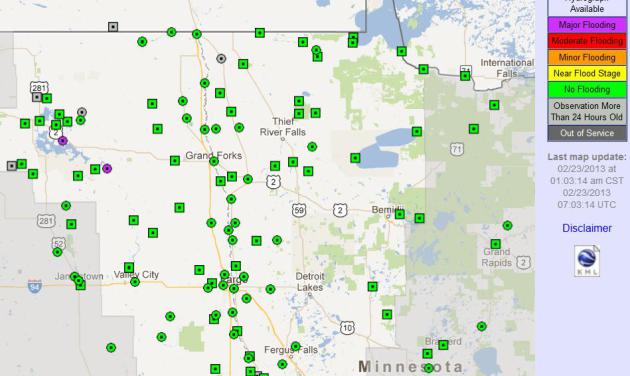



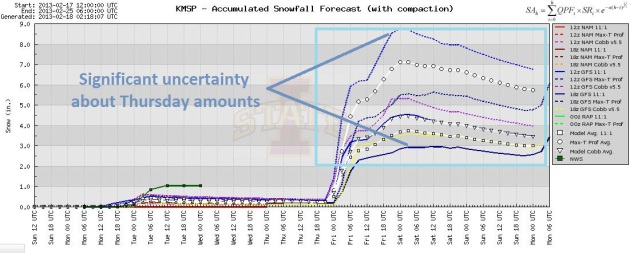

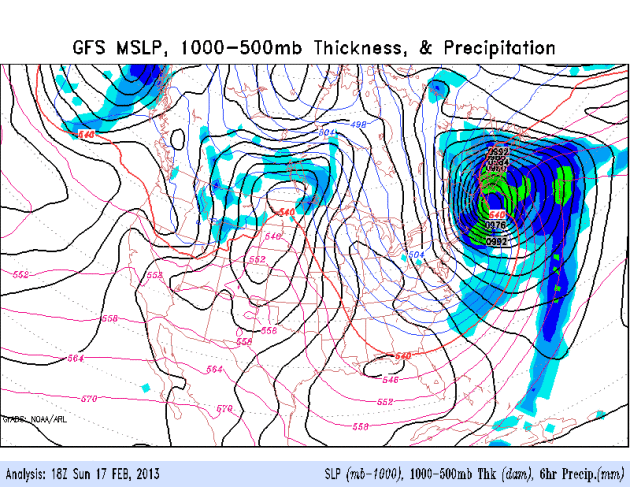





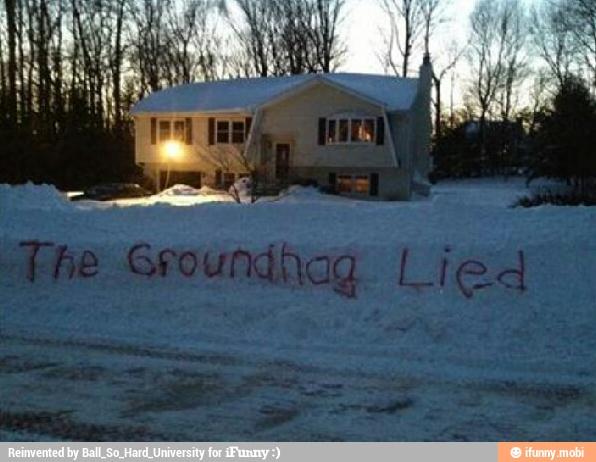
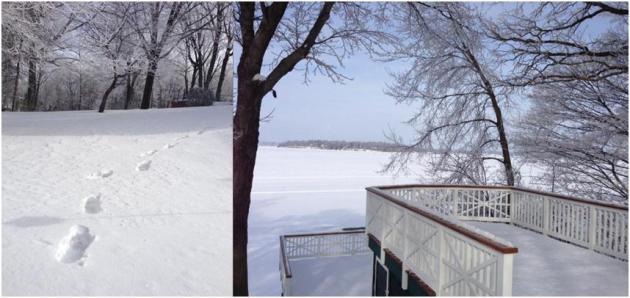
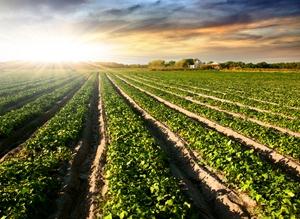

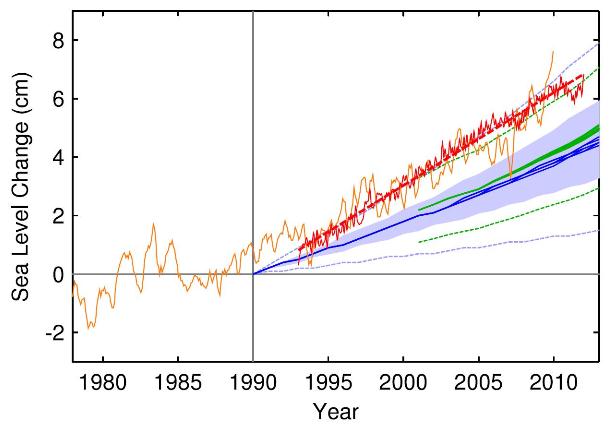
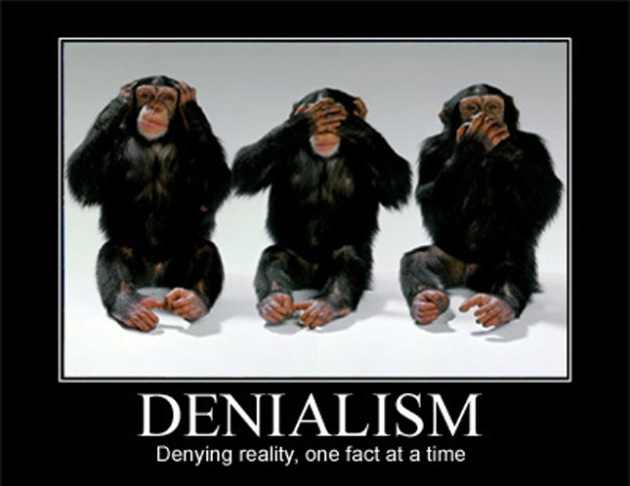
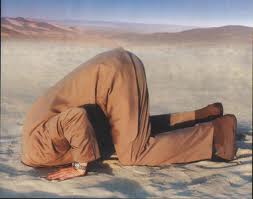
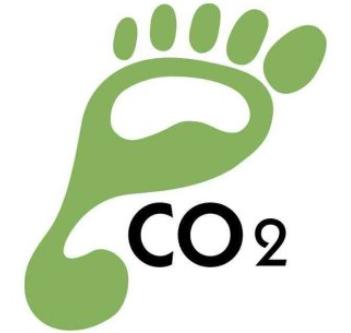
No comments:
Post a Comment